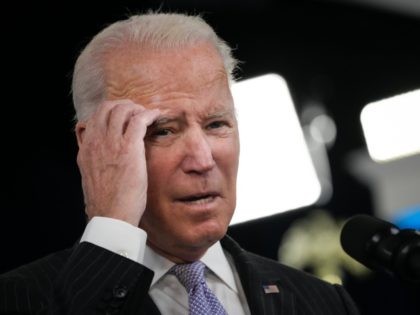Trade Deficit Jumps 19.4% to Second Highest Level Ever
A huge surge in imported goods pushed the deficit back to the record set in September.

A huge surge in imported goods pushed the deficit back to the record set in September.

Omicron is likely exacerbating the labor shortage.
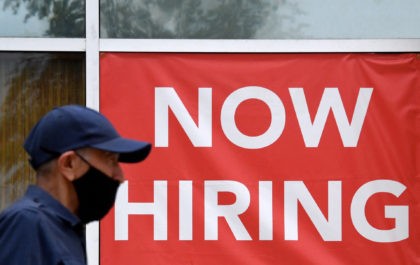
The Fed realized it was offsides on inflation and the labor market. The reversal of policy may now come even more quickly than signaled at last month’s meeting.

The Bond King says you cannot trust the data coming out of China and investors risk having their assets confiscated.
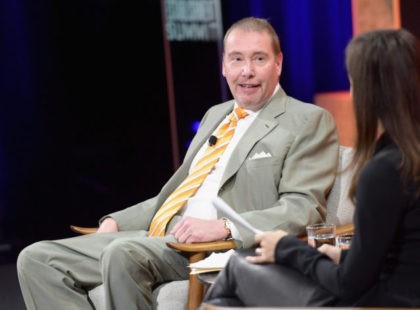
ADP has not had a great track record through the pandemic.
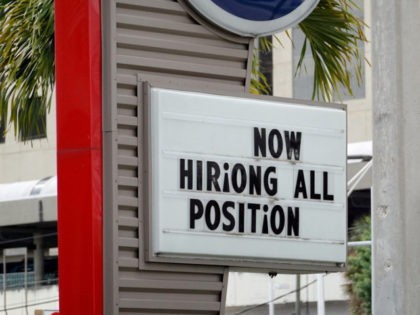
OPEC and allied oil producers agreed to increase production in February because they see demand remaining strong.
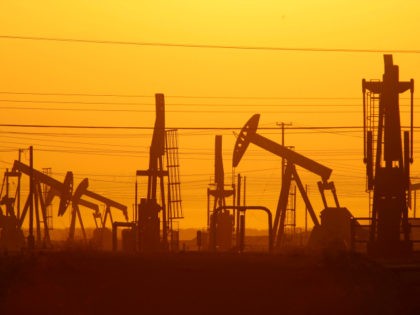
Supply chain constraints continue to weigh on manufacturing, the latest ISM PMI survey shows.
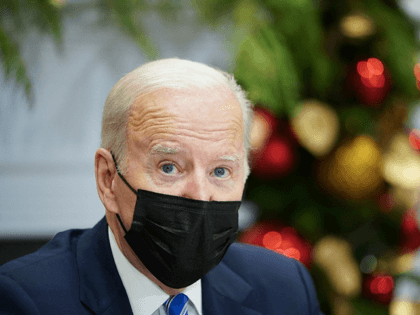
A record number of Americans quit their jobs in November even as job openings declined from recent record high.

Demand fell as customers worked through inventory backlogs. Shortages continue to hinder the ability of manufacturers to produce finished goods.
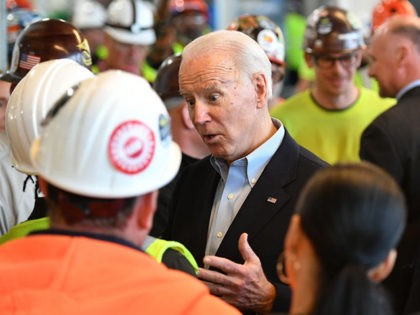
Construction spending in the U.S. is up but prices of construction materials are up by even more.
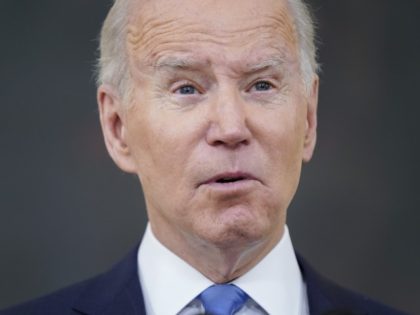
It was right there all along!

Capacity utilization is running a bit hot compared with its post-financial crisis average, which may portend more inflation ahead.
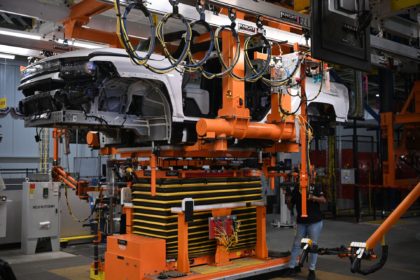
High prices of materials were holding back construction. But now that inflation appears to be persistent, it no longer makes sense to hold off on new projects.

Expectations for inflation hit their highest level since at least 2012.
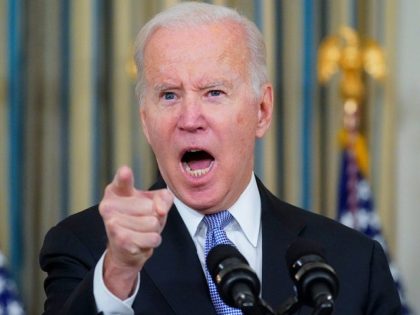
The Fed pivots from pumping up employment to removing accommodation.

Many economists mistook early holiday shopping for consumer strength instead of concerns over inflation and supply chains constraints pulling shopping forward.

Inflation in the prices of goods and services purchased by businesses soared in November.
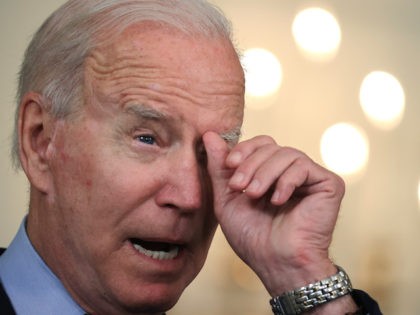
Inflation continued to run hotter than expected in November.

Fifty-six percent of Americans say inflation is a very serious problem and 54% say it prices are the best indicators of the state of the economy.
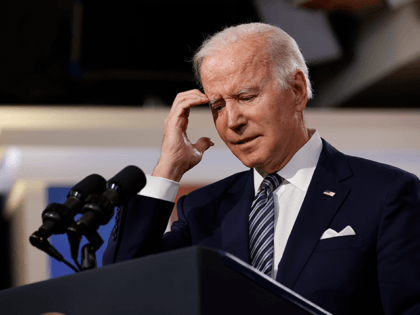
Is the Fed finally going to confront its inflation crisis?
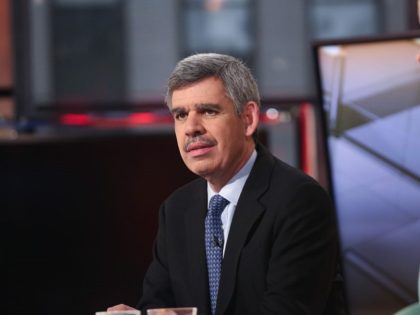
A record-high increase in the prices of longer-lasting goods marks inflation as the hallmark of Joe Biden’s presidency.
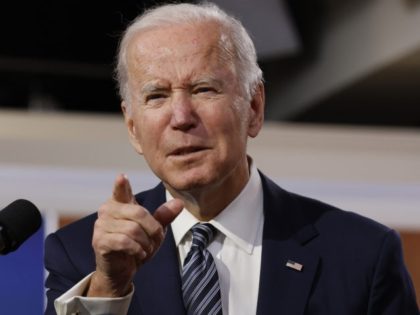
House and Senate Democrats who have claimed to be champions for labor unions are silent as the Kellogg Company, whose largest shareholder is the left-wing W.K. Kellogg Foundation, is set to replace about 1,400 American union workers who have been on strike since October.

The next trip to your favorite fast food joint may not produce a happy meal. Prices at fast-food restaurants jumped one percent in November compared with October, a big monthly jump that followed months of unusually high price hikes. Compared
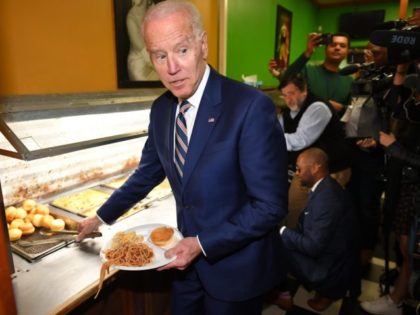
A few months ago, Biden administration and Federal Reserve officials were declaring that auto-inflation had been vanquished. Then prices started soaring again.

Putting food on the family breakfast table got much more expensive in November.
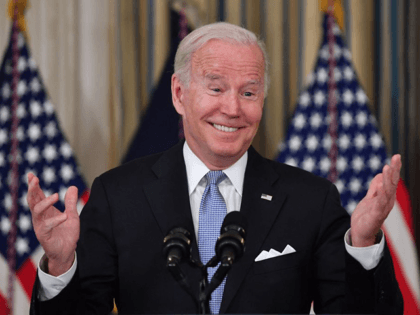
The fastest pace of price hikes in four-decades cements inflation as the hallmark of the Biden administration’s first year.
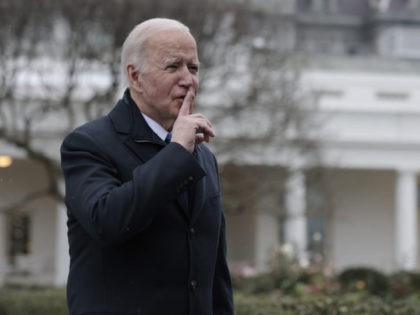
The White House’s campaign to convince Americans that its big social welfare spending bill would reduce inflation has failed.
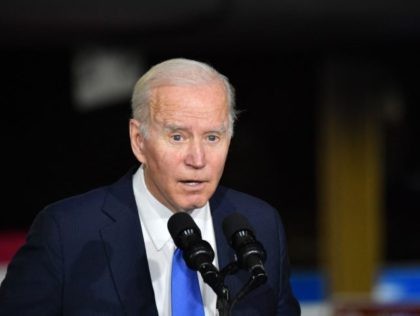
The historically low level of claims suggests that employers are reluctant to let go of workers in a very tight labor market. This could provoke further concerns about accelerating inflation.

The public’s views have not changed when it comes to capitalism and socialism. But, thanks to Republican populism and woke corporate leaders, fewer Americans have favorable views of big business.

Shares of woke coroporate cereal maker Kellogg have fallen more than 15 percent since blacklisting Breitbart five years ago. The broader stock market is up 106 percent over the period.

People are leaving their jobs in record numbers.
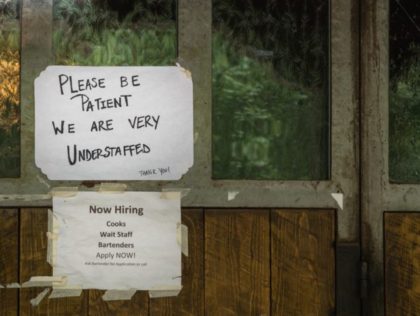
An indication that the Delta variant may have depressed consumer spending more than expected.

Among independents who own small businesses, support for Biden fell from 51 percent in the third quarter to just 33 percent now.

The rise of exports means more income for U.S. producers, an economic positive, but it also increases the risk that inflation will continue to accelerate. Rising foreign demand for U.S. goods and services can push up prices for domestic consumers.
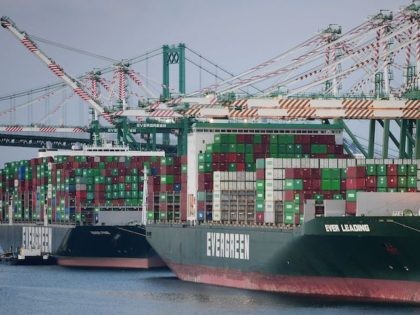
Labor costs are soaring by more than expected.

The forecast for the fourth quarter has gone from 5.1 percent inflation to six percent, even while growth expectations have been downgraded.

Stocks bounce as signs emerge that the Omicron variant may lead to milder illness than feared.

Durable goods orders rose by more than expected but more than all of the growth can be chalked up to rising prices.
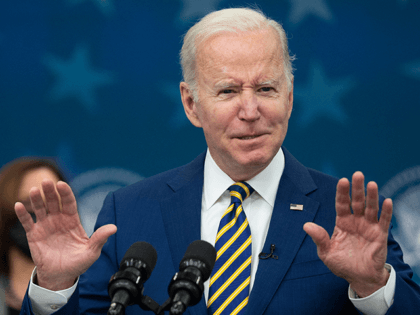
The record-breaking November reading for ISM’s services measure was pumped up by inflation and supply chain problems.
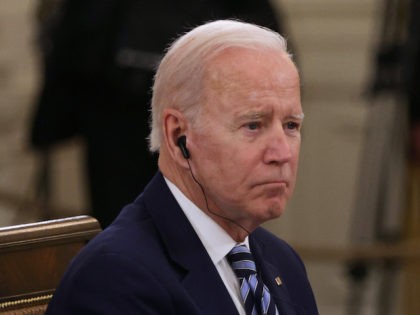
Payrolls grew by far less than expected in November.
